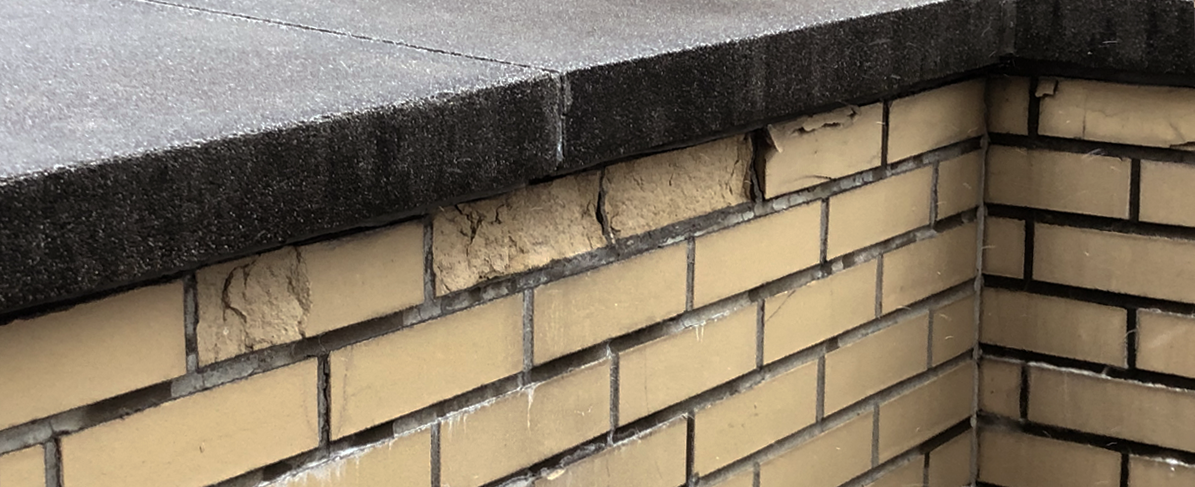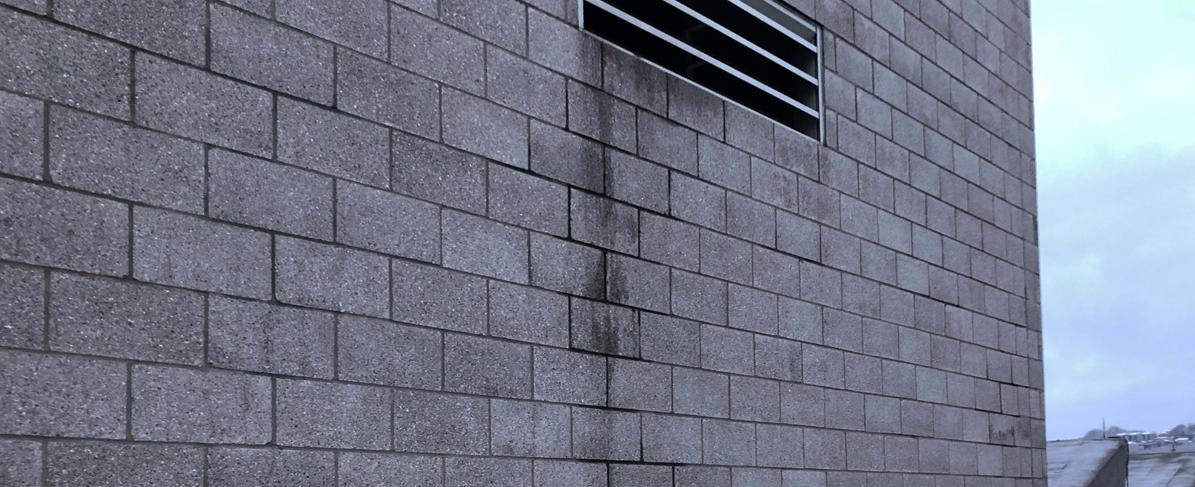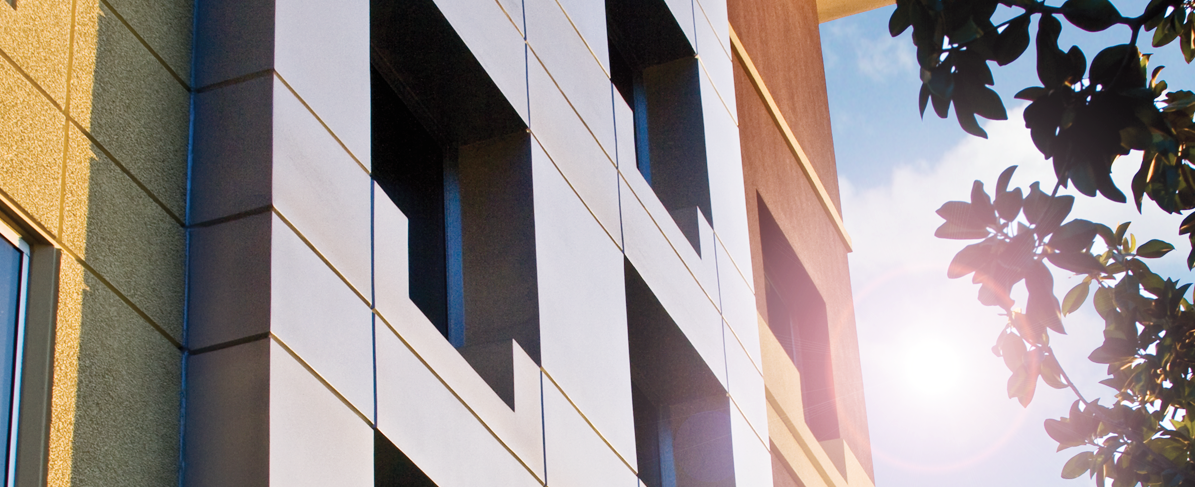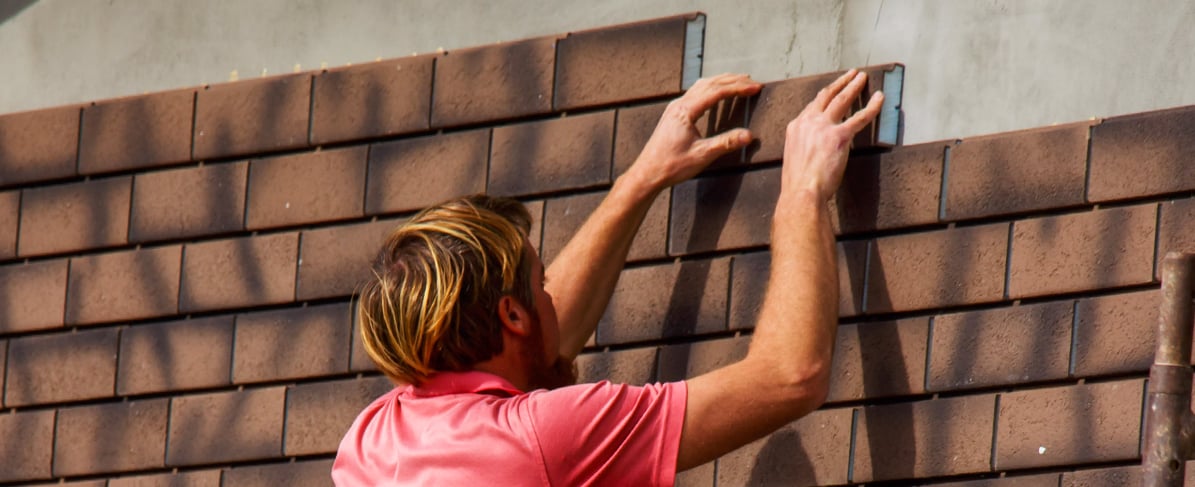Masonry is at the core of our infrastructure, with most older buildings constructed using stone or brick. As these structures continue to age, masonry issues are bound to occur. Brick spalling, deterioration of mortar, sandstone erosion, algae growth, and efflorescence are the most frequent challenges causing aesthetic, waterproofing, and even safety concerns.
While a full façade reclad is feasible, and necessary in some cases, it can be costly. Opting into an ongoing maintenance plan is the most effective and affordable way to ensure a long lifespan for your building, addressing matters as they come up to avoid more costly problems down the road. In this blog post, we will discuss how to prevent serious brick and stone issues before they arise. Look for part 2 of this series where we’ll review the subsequent remediation steps if these conditions are found.
As part of proper upkeep, facility managers should keep an eye on the masonry façade and look for any signs of excess moisture, brick or sandstone deterioration, and loose or chalky mortar. Also, check to see if any adjacent sealant joints have failed, as these can accelerate masonry problems. Learn more about the importance of maintaining proper sealant joints here. Now, let’s dive into the 5 most common masonry issues and some preventative maintenance protocols.
1. Brick spalling
Brick spalling is caused by moisture intrusion into the brick from either the interior (think gyms or areas with lots of vents or stacks that carry moisture) or from the exterior through precipitation. As moisture gets trapped and the freeze/thaw cycle occurs, it weakens the structure of the brick, causing pieces of the brick face to break off. 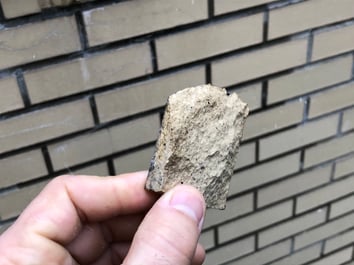
To prevent brick spalling, look for areas where moisture can enter the brick such as nearby control or coping joints, and ensure these are watertight. Proper ventilation can also assist with eliminating excess moisture buildup. Lastly, be sure that the masonry surface has been sealed from the exterior with a hydrophobic layer. Reapplication is needed every few years, as specified by the manufacturer, for ongoing protection.
2. Mortar deterioration
Similar to brick spalling, moisture can enter the mortar from weathering and exposure, causing mortar deterioration. Properly seal the mortar to avoid deterioration and be sure to reapply as indicated by the manufacturer. If the mortar was prepared improperly, such as adding too much water to the mix, this could accelerate the deterioration.
Aside from ensuring that the masonry surface has been properly sealed, the applicators should always mix mortar per manufacturer’s installation instructions to avoid introducing too much water.
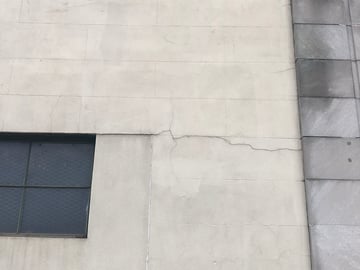
3. Sandstone erosion
Sandstone, by its innate makeup, is very granular and porous, meaning there is a lot of area for moisture to get trapped within. If excess moisture remains for a prolonged period of time, it can slowly eat away at the sand, leading to stone erosion.
The best way to protect a sandstone façade from erosion is to seal it with a hydrophobic membrane to prevent any added moisture from infiltrating the surface of the blocks. Reapply as indicated by the manufacturer.
4. Algae growth
When moisture and dirt are trapped in the masonry with no ability to dry out, it creates the perfect environment for algae growth. Areas with prolonged shade, as well as damp and humid climates, may not warm enough for the moisture to evaporate on a building’s surface. Thankfully, algae growth is purely aesthetic and should not cause ongoing issues.
Since the growth of algae is attributed to environmental conditions, there is not much that can be done to prevent it. The best course of action is to seal the façade with a hydrophobic membrane so that water and dirt cannot stick to it.
5. Efflorescence
As moisture collects within porous substrates, such as brick and CMU, it collects salts from within the material. Once the moisture evaporates, it leaves a salt layer on the surface, creating an aesthetically displeasing surface. This process is called efflorescence and is caused by this moisture infiltration. Proper masonry and mortar application, as well as exterior sealing, should prevent efflorescence.
These five masonry challenges are initially aesthetic but can be indicative of waterproofing failures and quickly lead to safety concerns. Ongoing maintenance can help catch issues early and mitigate the need for an expensive full façade restoration. If these items are already noted, it is time to bring in a waterproofing expert to assist with diagnosing the root of the issue and resolving it before more damage occurs.
